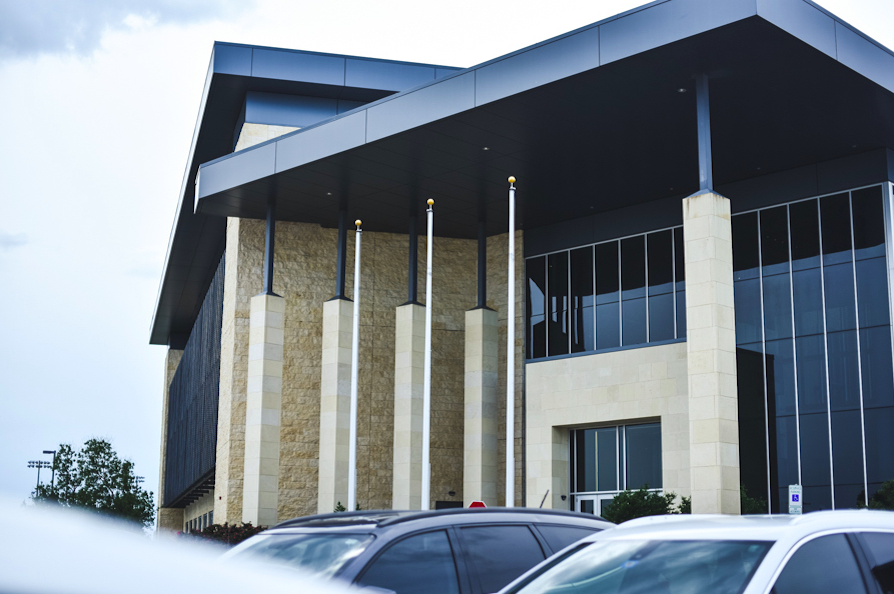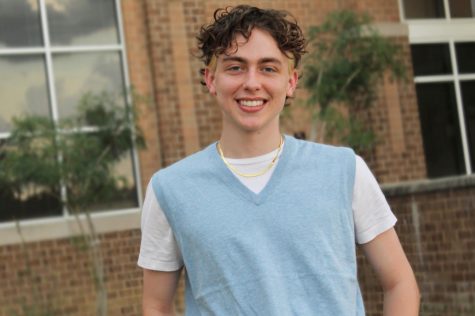FISD changes contact tracing protocols
Due to the data acquired since July, when using contact tracing to determine who needs to be quarantined will now be based whether or not masks were used. “We will continue to monitor our data as we implement this change, and we are prepared to reverse course as necessary if we experience a significant increase in case numbers,” Executive Director of Government and Legal Affairs Daniel Stockton said.
October 15, 2020
Mask or no mask can now make all the difference in deciding who is contact traced and quarantined and who isn’t in Frisco ISD. According to the Dallas Morning News, nearly 1000 staff and students have had to isolate due to the previous close contact protocols.
The district will no longer require that students and staff who were within six feet for 15 minutes or more of a COVID-positive person to quarantine for two weeks so long as face coverings were consistently worn by both parties during the time of contact. This change aligns with FISD’s protocols and recent guidance from the Texas Education Agency.
“So far our data has shown that the risk of transmission on campus is low when face coverings are worn,” Executive Director of Government and Legal Affairs Daniel Stockton said in a district news release. “We will continue to monitor our data as we implement this change, and we are prepared to reverse course as necessary if we experience a significant increase in case numbers.”
According to the district site, 985 FISD students and staff have been quarantined due to close contact on campus with a COVID-positive individual since July 20. Only nine of these individuals later tested positive themselves, all of which were exposed in areas where face coverings were not required.
The district also notes that although these changes affect those who wore masks when in close contact with COVID-positive people, the change does not impact the quarantine and isolation requirements for those showing COVID-19 symptoms or who have tested positive.
Other disease mitigation protocols that began at the start of in-person instruction will remain in place, including increased cleaning and physical distancing where possible.
“This decision was not reached without significant consideration of both the possible health consequences and the impact on staff, students and their families when they are required to quarantine,” Superintendent Dr. Mike Waldrip said in a district news release. “As educators, we must consider the academic, social and emotional wellbeing of our students and do what we believe is best for the whole child and community.”







